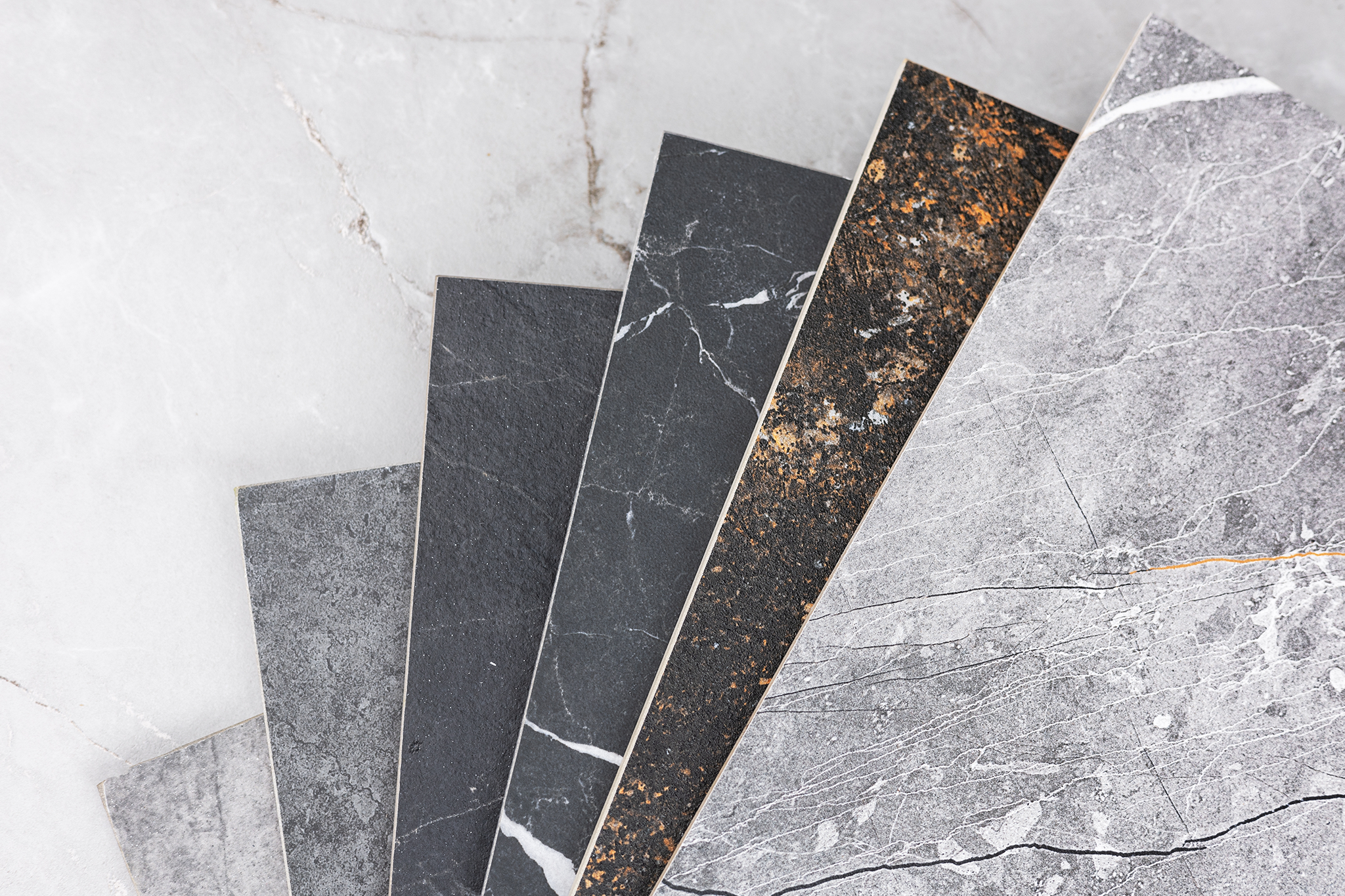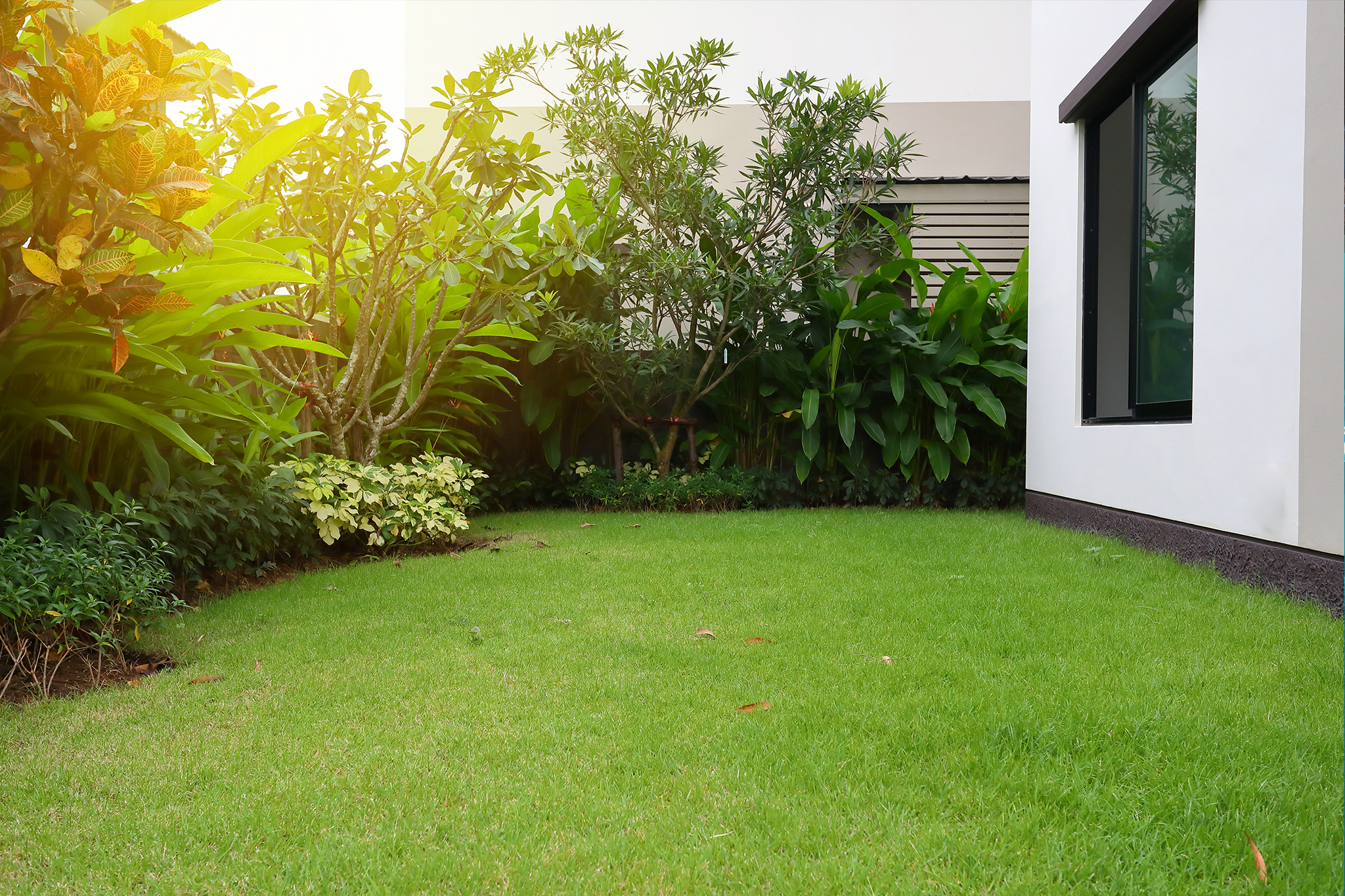

Tile Tips: How to Pick the Right Tiles for Your Home
Selecting the right tiles for each room in your home is more than choosing the prettiest option, it’s about balancing functionality, comfort, and maintenance – no one wants to spend hours kneeled over with a toothbrush, cleaning grooves and grout. There’s plenty to think about, from texture and size to grout colour and cleaning techniques, so we’ve compiled a guide to help you make informed decisions about your tiles.
Living & Dining Areas
Tile Type: Porcelain or ceramic tiles with a polished or matte finish are ideal for living and dining areas. These materials are durable and easy to maintain, making them suitable for high-traffic zones.
Texture: A polished finish can add a touch of elegance, reflecting light and making the space feel larger. However, ensure the surface is not too slippery, especially if you have children or elderly family members. A semi-gloss tile is generally a good compromise.
Tile Size: Larger tiles (60x60cm or 60x120cm) can create a seamless look and reduce grout lines, contributing to a more spacious feel. They are also easier to clean due to fewer grout joints.
Grout Colour: Opt for a grout colour that complements your tile choice. Lighter grout can brighten the space but may show dirt more easily, while darker grout can hide stains and is often easier to maintain.
Kitchen
Tile Type: Ceramic or porcelain tiles are excellent choices for kitchen floors and backsplashes due to their resistance to stains and ease of cleaning.
Texture: A textured finish can provide slip resistance, which is crucial in areas prone to spills. However, ensure the texture is not too rough, as it can trap food particles and feel unpleasant when you’re barefoot (this is particularly important if you have little ones crawling around).
Tile Size: Smaller tiles (30x30cm or mosaic tiles) are often used for backsplashes, allowing for more detailed designs. For floors, medium to large tiles are preferable for durability and ease of cleaning.
Grout Colour: Choose a grout colour that contrasts with your tiles to highlight the design. However, be mindful that darker grout can make cleaning more challenging if it shows stains.
Bathroom
Tile Type: Porcelain tiles are ideal for bathrooms as they are non-porous, meaning they have a low water absorption rate. For walls, ceramic tiles can be used, but ensure they are glazed to prevent moisture absorption. The last thing you want are mould spots popping up!
Texture: A textured surface is essential for slip resistance, especially in wet areas like showers. Ensure the texture is comfortable underfoot and easy to clean.
Tile Size: Smaller tiles are commonly used in bathrooms, especially for shower floors, as they provide better grip, while larger tiles can be used for walls.
Grout Colour: Lighter grout colours can make the space feel larger and more open. However, they may require more maintenance to keep them looking clean.
Bedrooms
Tile Type: Ceramic or porcelain tiles with a soft matte finish are suitable for bedrooms, providing comfort and a warm aesthetic.
Texture: A smooth or lightly textured surface is preferable for comfort, especially as you’re more likely to be barefoot in your bedroom than any other room in the house. We recommend avoiding highly textured tiles that can be uncomfortable to walk on.
Tile Size: Larger tiles (60x60cm or 60x120cm) can create a more open and airy feel in the room.
Grout Colour: Choose a grout colour that complements your tile and room decor. A neutral grout colour can blend seamlessly with various tile choices and room themes, in case you ever decide to redesign your room.
To Sum Up…
Selecting the right tiles involves balancing aesthetics with functionality. Consider the specific needs of each room, including foot traffic, moisture levels, and maintenance requirements. By choosing appropriate tile types, sizes, textures, and grout colours, you can create spaces that are both beautiful and practical.



